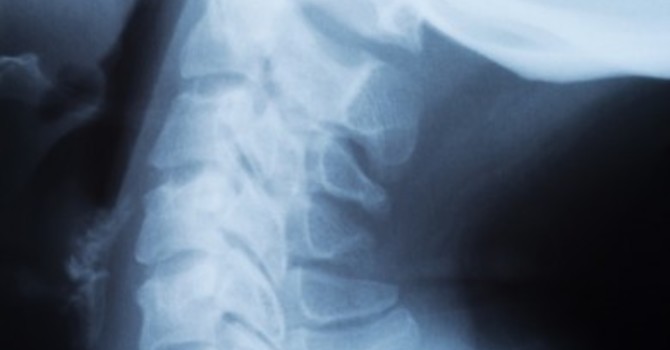
Whiplash is defined as an injury to the neck and upper back when the head and neck are suddenly forced beyond their normal range of motion, much like cracking a whip. Whiplash typically forces the neck and upper back to hyper-extend and hyper-flex, damaging the surrounding muscles, ligaments, tendons, and discs which support and stabilize the joints of the neck and upper back. After these tissues are over-stretched and torn due to forceful exertion in an accident, scar tissue is formed during the healing process. If the damaged area is not allowed to move properly, as is the case when a neck brace is worn or proper alignment of the spine was not restored after the accident, the scar tissue formation promotes restriction in movement and range of motion. This is why ensuring that proper movement in all joints is restored after any injury, whiplash or otherwise.
Whiplash injuries are most commonly associated with automobile accidents but can also occur with sporting activities, falls, or any other activity that causes the head and neck to be forced in the abnormal manner described above. After a car accident, the vehicle may not show visible signs of damage while bodily injuries still occur. Most vehicles are designed to withstand impacts up to 10 miles per hour without showing visible damage. A person’s neck may sustain injuries in automobile accidents at speeds as low as 5 mph.
Symptoms of Whiplash
- Neck & upper back pain
- Swelling
- Muscle spasms
- Difficulty moving the head & neck
- Numbness & tingling in arms and hands
- Headache, nausea, vomiting
- Difficulty concentrating, anxiety, sleep disturbance, and fatigue
- Vision changes
- Jaw tightness or difficulty chewing
- Ringing in the ear(s)
Symptoms may not occur immediately after an incident but may take days, weeks, months or even years to present themselves. This is why it is important to be evaluated and treated immediately after any accident, even if you are not experiencing any discomfort.
Chiropractic physicians are experts at treating musculoskeletal injuries due to auto accidents and studies show that manipulative therapy shortens recovery time and improves outcome measures. In addition to manipulation, chiropractic treatment includes interferential current therapy, therapeutic ultrasound, spinal traction, and individualized exercises.
Treatment decreases pain and speeds up recovery time due to car accidents by mobilizing the joints in the spine and extremities to restore proper range of motion in addition to preventing scar tissue formation, decreasing inflammation, and eliminating muscle spasms. Untreated or inadequately treated injuries may lead to a lifetime of chronic pain; therefore, we strongly recommend receiving a thorough evaluation and treatment.





